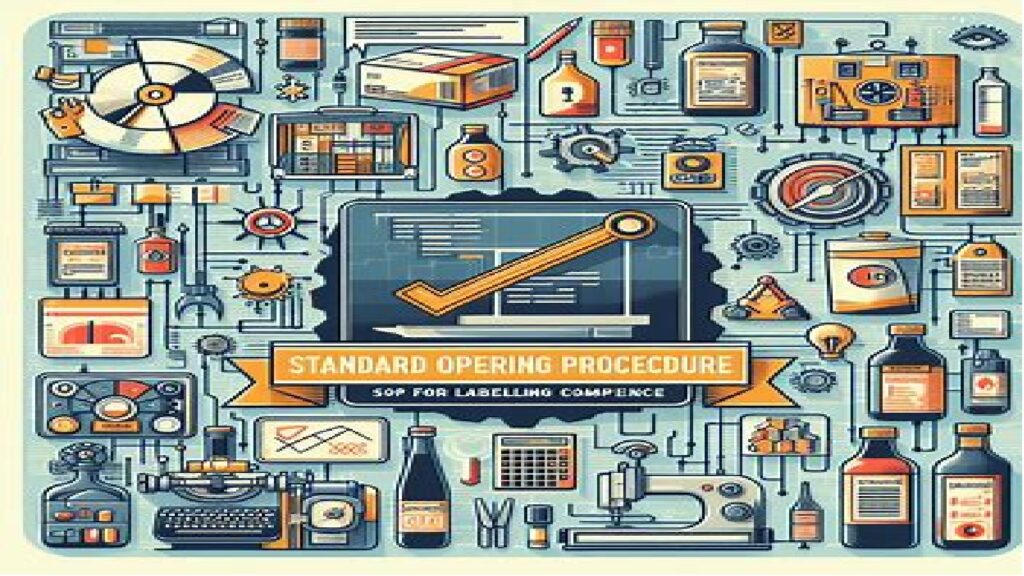Standard Operating Procedure (SOP) for Security and Access Control
This Standard Operating Procedure (SOP) for Security and Access Control outlines comprehensive guidelines and procedures to safeguard premises, manage access for authorized personnel, and ensure protection against unauthorized access, theft, and other security threats. The document covers roles and responsibilities, physical and electronic access control, monitoring, incident reporting, audits, training, and compliance enforcement, ensuring a secure environment for all organizational assets and personnel.
Standard Operating Procedure (SOP) for Security and Access Control Read More »










